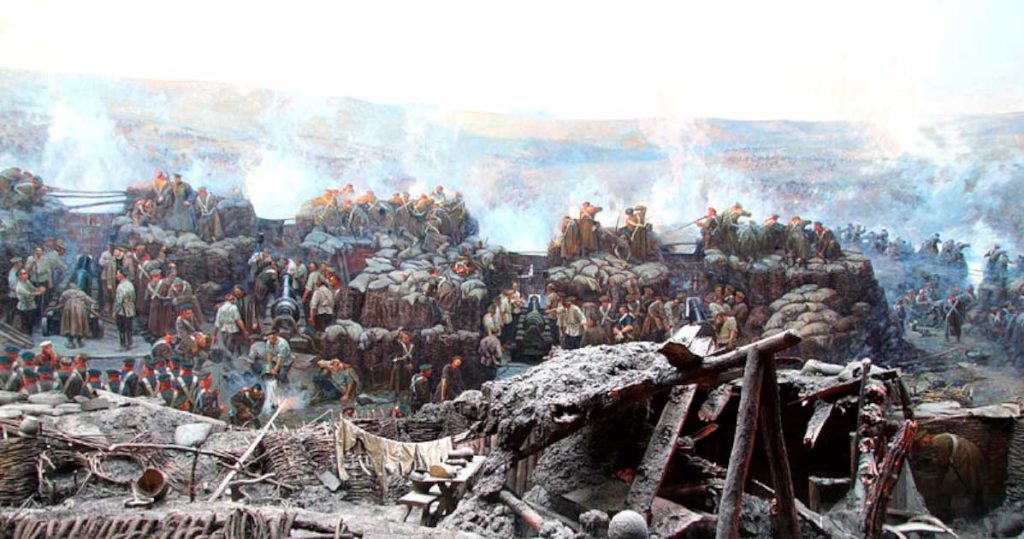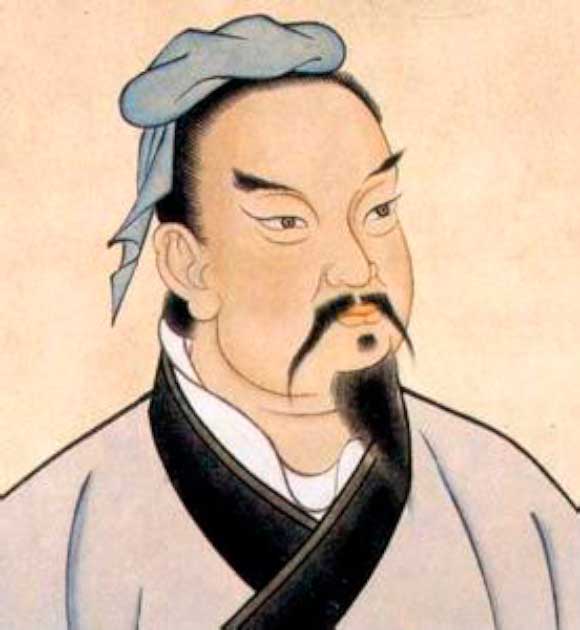In February and March of 2014, Russian tanks rolled into the Crimea, a territory of a foreign country, Ukraine. Crimea was to be annexed and become a de-facto part of Russia, and nothing would be done to stop it.
Russia’s annexation of the Crimean territories is a classic case of well-thought-out military deception. The Russian troops disguised the efforts to annex the territory by sending in a few cadets inside the country to infiltrate.
A hallmark of Russian warfare is “Maskirovka”, which is the same as “something masked”. The Russian troops have always used Maskirovka where possible to take the enemy by surprise. Russian military leaders believed that men were born to fight for their survival, and even when men were trying to hunt animals, they would go ahead to hide and use camouflage to go close to the animal and kill it.
People have always practiced Maskirovka, and Russians have mastered it. The Crimean attack was one of the prime examples of Russian guerrilla warfare. Russians believed that they could present the annexation as a necessary military intervention, and that the world would believe them.
In the event, they achieved the desired result but for the wrong reasons. It seems that Putin’s initial success came not from his lies being believed, but from nobody acting to stop him,
Maskirovka: A Lesson from the Crimea
Surprise is a massive element in how Russians wage war, and it would not be the first time they employed such tactics in the Crimea either. In the war that was waged in 1853 and lasted till 1856, the Russian troops were attacked by the joint effort of British and French troops.

The troops were commanded by the two commanders, Lord Raglan and General François Canrobert and captured the main naval base of the Russian Black Sea Fleet. The siege lasted for around a year and through that long, grinding conflict the Russians failed to break out.
The Russians, however, held the fort for a long time, and the Allied forces were weakening because they could not break the city’s defenses completely. It is believed that Maskirovka is a technique that the Russians used on a large scale during this war.
This somehow distracted the British and French troops as they exhausted their supplies and manpower. Many believe that the war at Sevastopol was unnecessary because Sevastopol was, after all, given back to the Russians and occupation of the city by allied forces was not at all feasible.
The attack also took the wind from the British and French sails. Before the attack they had the momentum against the Russians arounds the Baltic, and the support of the European powers. After the siege, the momentum was gone and the politics had changed into something entirely more keen on peace.
In the end, the Sevastopol incident was a major distraction and even brought on losses for the British and French sides. Russia herself would go on to ignore the treaty only a few years later, as she became embroiled in another war with Europe in the 1870s.
Modern-Day Combat
Once again in 2014 the Crimea was to be a source of Russian deception. In the early hours of one February morning unmarked, covert military trucks, heavily armed and filled with soldiers, crept into the main towns of Crimea. The heavily armed men who came into Crimea first asked the demonstrators to lie face down so that they did not come into the line of fire, and the troops could start their attack without any issue.
However, when the soldiers identified any Pro Russian activists, they gave arms and ammunition to the people and ordered them to go inside the Parliament. The use of arms and ammunition by civilians was not expected, and the activists themselves did not know they would be involved in the act of war.
The activists did not know what was happening, and they cooperated because the men were armed heavily. These troops who were not wearing any country’s uniform and did not carry any insignia were called the little green men by the media because of their olive-colored uniform.
After the confusion of the initial invasion was over, people came to know that the troops were part of the Russian Special forces, but no one knew that they were part of the special forces at that time. The operation was a very covert operation from the Russian forces. The denial of the president of Russia was another element that completed the use of Maskirovka in Crimea.
- Whoops! How did the US Misplace Six Nuclear Bombs?
- Project Azorian: Did Howard Hughes Try to Steal a Russian Sub?
Days later, when Vladimir Putin, the president of Russia, was asked about the unknown men who landed in Crimea and undertook military operations, the president denied any hand of Russian troops in it. The president neither accepted nor rejected the claims that the troops who were involved in the Crimean incident were Russian in origin.
He nonchalantly answered the questions raised by international journalists saying that such uniforms are easily available in the local shops and anyone could have worn them and gone into Crimea. When asked if the attackers were part of the Russian army, the president said that the men were part of local self-defense units and not directly connected to the Russian army.

Of course, everyone knew the troops were Russian but there was a difference between knowing and proving, and in this instance there was a further gap between finding proof that Russia was in Ukraine, and this proof leading to any action against Putin. The world knowingly watched as Russian tanks took over the sovereign territory of a peaceful neighbor.
Putin later admitted that Russian troops were actually deployed in Crimea to annex parts of the country, but he did so only after the initiative’s purpose was served, after the Russian Parliament saw through the official provisions of the Crimean territories. Once Crimea, home to Russia’s vital naval bases at Sevastopol, was taken, there was very little anyone could do to change things.
The use of the hidden guerrilla warfare that the Russians employed took many by surprise. Even NATO could not estimate the scale or effect of the invasion by Russian Special Forces until it was too late. The advisors and officials at NATO were left guessing for a long time. While NATO was surprised by the sudden incoming of Russian troops into Crimea, many senior journalists and historians who had already witnessed this kind of warfare from Russians were not surprised.
Maskirovka Elsewhere
What happened in Crimea was nothing that hadn’t happened already. Troops brought in people under fake identities as fake political outfits with fake purposes so that countries would not be blamed and international peace would not be disturbed. Maskirovka is something that is routinely used by Russia so that the country achieves its goals while protecting itself from international criticism.
In case of war, the Russian media also plays a hand in Maskirovka as it helps hide the army’s movements into different zones. It does not report the movements and pretends that everything is fine on the surface. This creates a fog of misinformation that cuts off other international media from the ground zero issue and happenings. The use of stealth and tactics to do hidden warfare with no proof is something that happened in the Crimean war in Sevastopol and other places where Russian troops were involved.
But, it would seem that Maskirovka is sometimes all the Russians have and a peek behind the curtain reveals they are not as strong as they claim. With the follow-up full invasion of Ukraine in 2022 Russian again counted on a swift show of force, but the opposition they encountered left their troops trapped and killed, their air force degraded, and the pride of their navy at the bottom of the sea.
Perhaps the world will not be so scared of Russia in the future.
Top Image: Maskirovka, when the first Russians into Crimea announced they were a peacekeeping force and not affiliated with the Russian army Source: Oleksii / Adobe Stock.
By Bipin Dimri
References
National WWII Museum, 2018. The Peninsula: The Crimea at War. Available at: https://www.nationalww2museum.org/war/articles/peninsula-crimea-war
Ash, L, 2015. How Russia outfoxes its enemies. Available at: bbc.com/news/magazine-31020283
Britannica, 2022. Siege of Sevastopol. Available at: https://www.britannica.com/event/Siege-of-Sevastopol